The MSD-CARE project, co-funded by the European Union’s Interreg North-West Europe (NWE) program, has released new findings that could guide the introduction of wearable assistive devices into hospitals and care facilities. The project team gathered lessons from multiple focus groups with nurses and caregivers in Germany, Ireland, and the Netherlands. The resulting information has been compiled into an infographic and an exoskeleton adoption guiding questionnaire (both available for free).
Why exoskeletons for patient handling matter:
Occupational exoskeletons are gaining traction in factory and logistics applications. While these jobs are not easy, statistics from the U.S. show that nurses and those involved with patient handling (transfer, caregiving, or mobilization) tend to have even higher musculoskeletal injury rates. Nurses and caregivers often face physically demanding tasks like lifting and repositioning patients to holding static postures during long procedures, which lead to a high incidence of musculoskeletal disorders.
This was a non-exo-producer-led analysis, and the MSD-CARE team asked frontline nurses what would make occupational exoskeletons usable in real hospital conditions:
From these focus groups, the project identified six critical design and adoption priorities:
- Hygiene: Devices must tolerate regular cleaning and disinfection.
- Ease of use: Fast donning and doffing, simple adjustments, and minimal detachable parts.
- Comfort and fit: Adaptable sizing, compatibility with uniforms, and non-restrictive motion.
- Practicality: Compact storage and seamless integration into existing workflows.
- Patient perception: Designs should be discreet and non-intimidating to preserve trust between caregiver and patient.
- Deployment strategy: Initial implementation in controlled units (e.g., rehabilitation, stroke care, surgery) before broader rollout.
The project team has prepared an infographic summarising these insights for industry stakeholders, supplemented by a structured Exoskeleton Adoption Protocol, a self-assessment tool to help healthcare institutions evaluate candidate technologies.
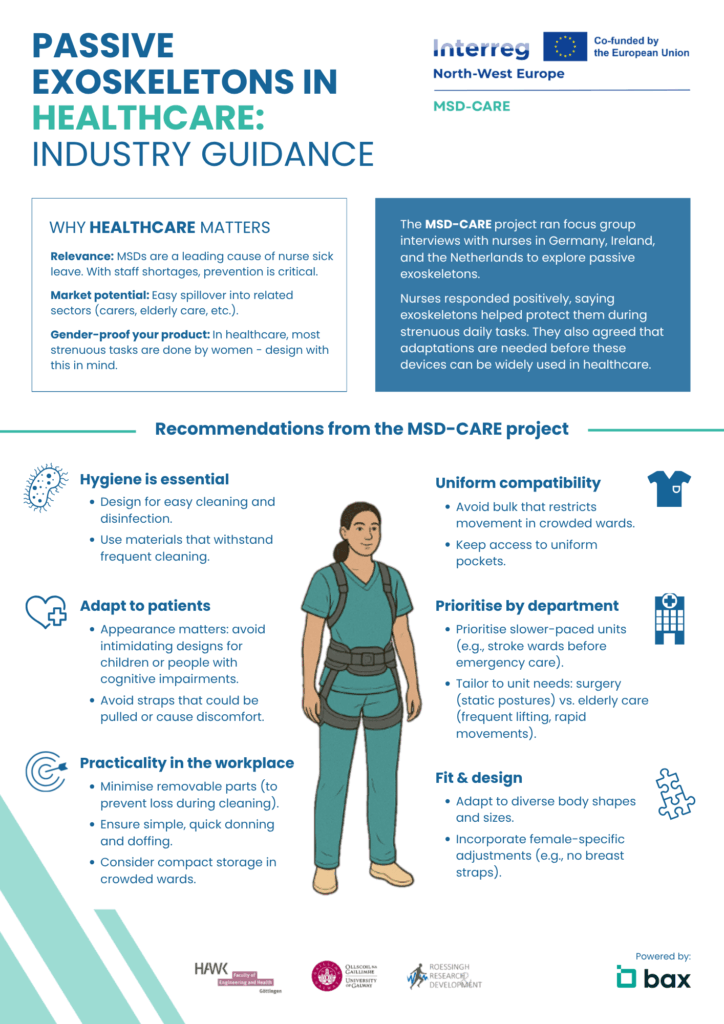
“According to project coordinator Prof. Dr. Shiney Franz of HAWK University of Applied Sciences and Arts Hildesheim, healthcare represents one of the fastest-growing opportunities for exoskeleton innovation. …aligning design with real-world user priorities could accelerate adoption and deliver tangible benefits for staff safety and wellbeing.
But that’s not all. The MSD-CARE team has also published a questionnaire, called the Exoskeleton Adoption Protocol, to help hospitals and workers navigate the different models and configurations of wearable products based on their needs.
In general, as of 2025, there are few (if any) guides on selecting any type of exoskeleton products. The MSD-CARE team has taken a stab at it by creating a self-assessment form as a practical checklist to help hospitals, caregivers, and administrators evaluate whether an exoskeleton is suitable for their clinical environment. The form focuses on three broad areas: Type of Support, Practicalities, and Work Environment.
The first section encourages users to consider their daily tasks, patient types, and posture requirements. The goal is to match the right exoskeleton to the actual physical workload.
-
Choose support for the arms, back, neck, or legs, depending on where strain occurs most often.
-
Consider active support for heavier lifting tasks and passive support for frequent, repetitive movements. (A different way to phrase this could have been to consider a lift or other mechanized aid other than an exoskeleton.)
-
Select a model designed for your typical work posture—for example, one focused on static support versus lifting.
The next section deals with the logistics of integrating an exoskeleton into a healthcare setting—covering funding, storage, cleaning, and monitoring.
-
Confirm whether the device will be employer-provided or personally purchased.
-
Check if insurance or institutional reimbursement applies.
-
Make sure there’s sufficient storage space and a plan to track usage and maintenance.
-
Ensure there’s a proper cleaning process that meets hospital hygiene standards—materials must withstand frequent disinfection.
-
Always verify that training and technical support are available from the manufacturer or supplier.
Work Environment – this final section examines real-world usability in a clinical context. It asks whether the exoskeleton can be worn comfortably and safely during daily activities.
-
Will it be shared or individually assigned?
-
Is it compatible with uniforms and other medical gear?
-
Does it allow unrestricted access to pockets, tools, and necessary mobility?
-
Are you and your colleagues comfortable and confident while wearing it?
-
How might patients perceive a caregiver in an exoskeleton—supportive or intimidating?
The Self-Assessment Form is not a performance test. It’s a decision-support tool designed to help healthcare teams evaluate whether a particular exoskeleton model fits their workflow, hygiene standards, and staff comfort requirements.
“For startups and SMEs exploring healthcare markets, the message is clear: the opportunity is real—but only for devices designed around the needs of healthcare workers themselves.”
Special thanks to the MSD‑CARE communications team for reaching out to ExR with their findings and supplemental materials.


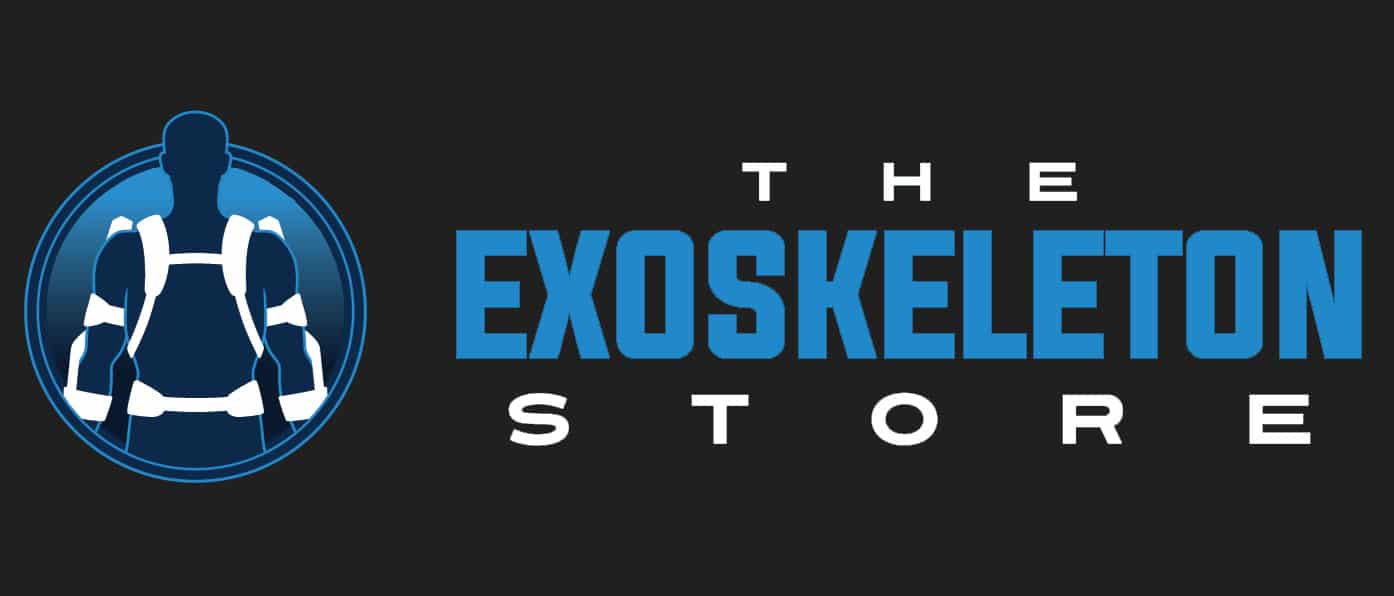
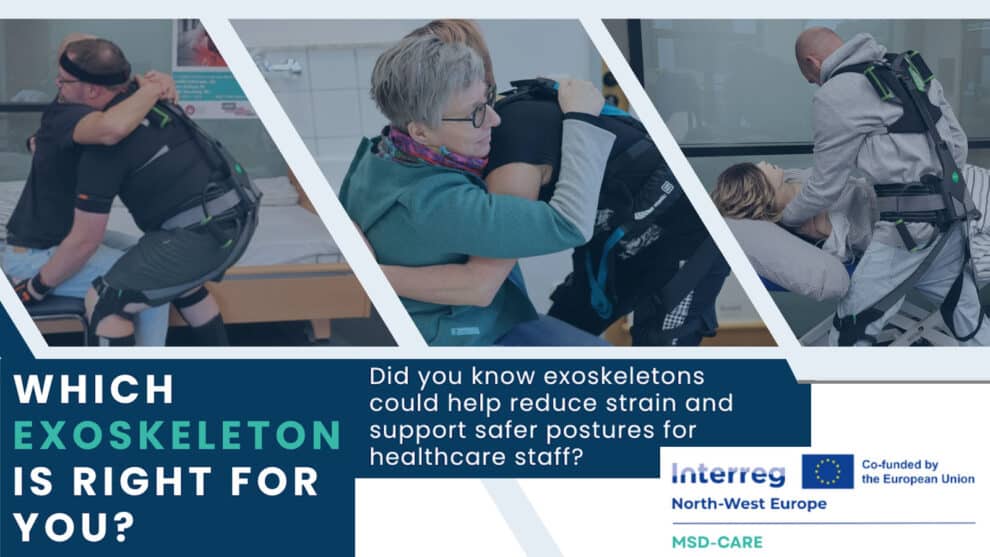
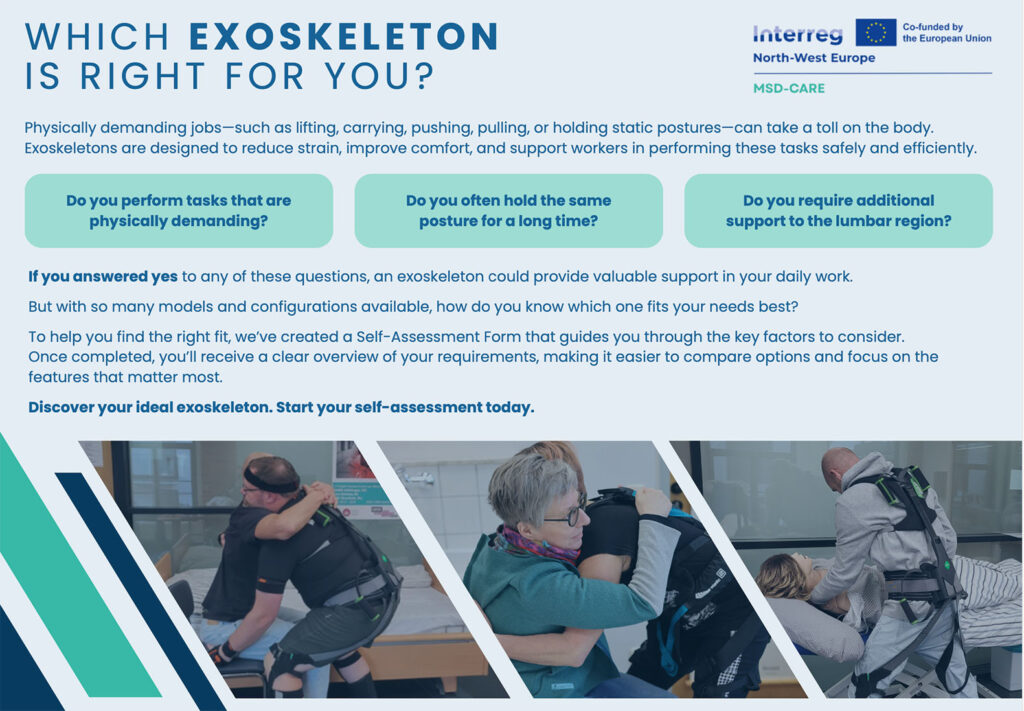
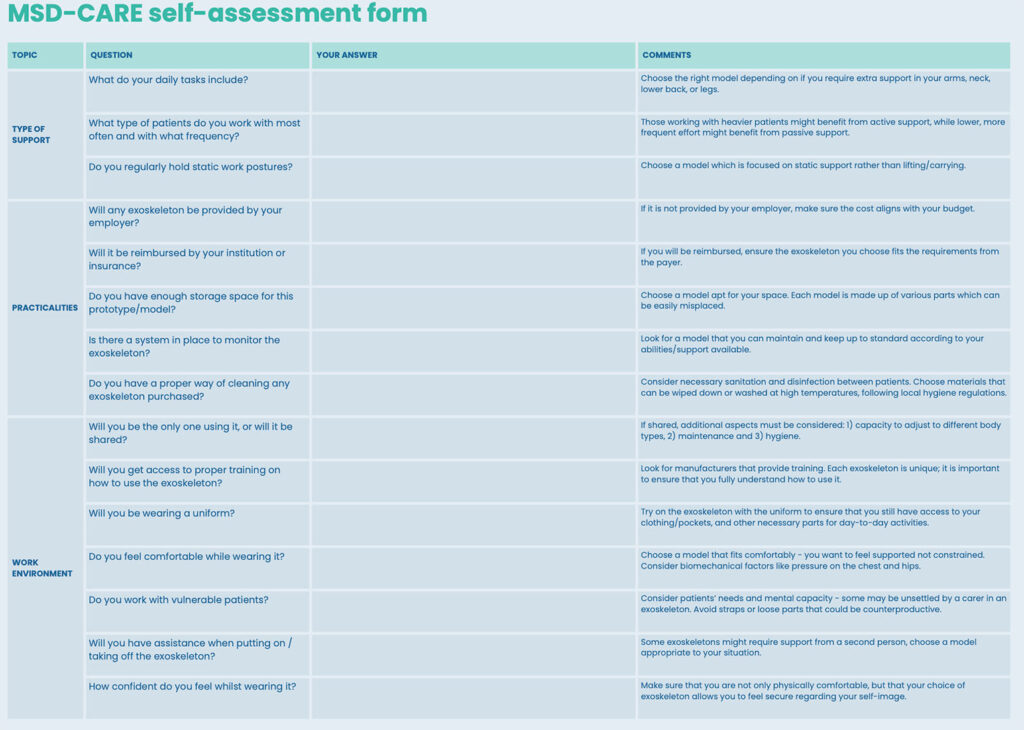
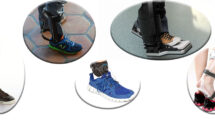
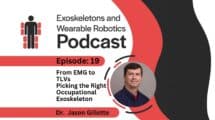
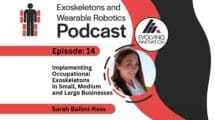
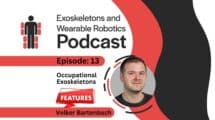
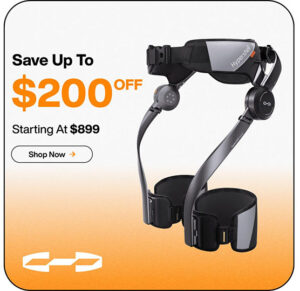
Add Comment